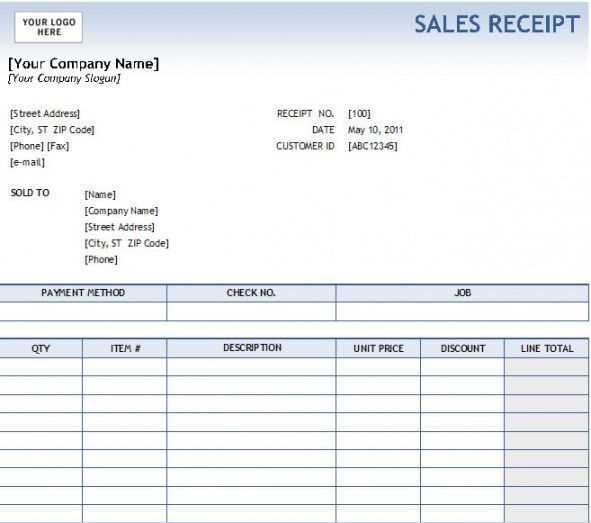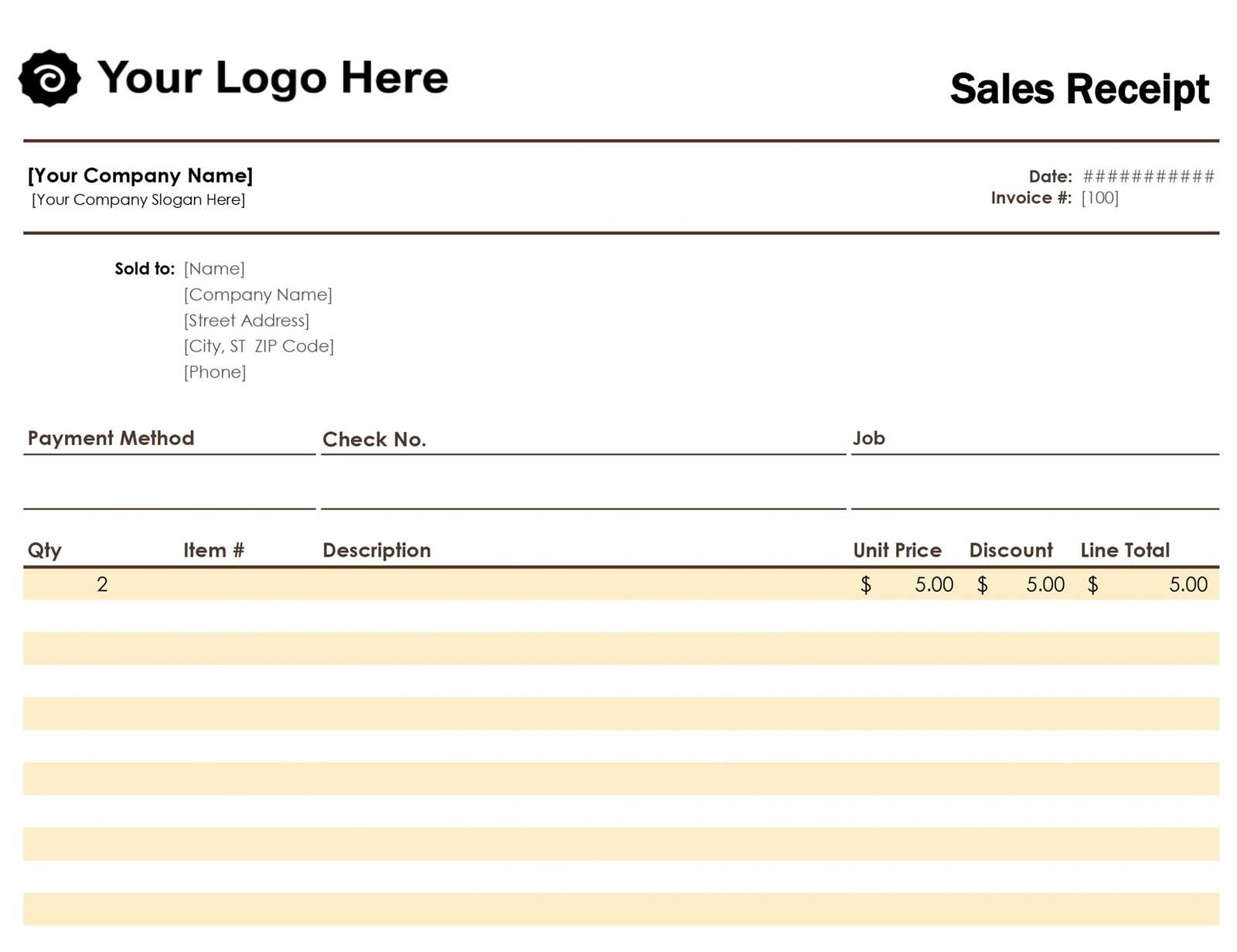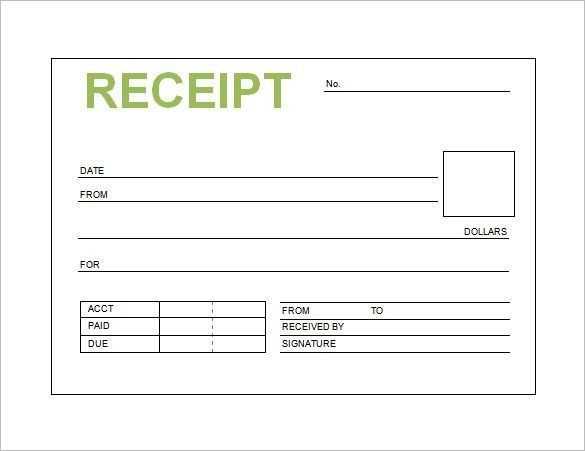
If you’re looking for a straightforward gun sale receipt, this template will help you keep track of the transaction. A well-organized receipt includes key information like the buyer’s and seller’s details, item description, date of sale, and the agreed price. This ensures both parties have a clear record of the sale.
Use a clear format with sections dedicated to the transaction specifics, such as firearm model, serial number, and condition. Make sure the seller’s information is easy to identify, including their name, address, and contact details. The buyer’s details should be included as well, confirming the legitimacy of the transaction.
Adding a signature line for both the buyer and seller at the bottom of the receipt confirms mutual agreement on the sale terms. This simple approach ensures all necessary details are captured without any confusion down the line.
Simple Gun Sale Receipt Template
A simple gun sale receipt should include basic details that reflect the transaction clearly. First, provide the seller’s name, address, and contact details. Include the buyer’s full name and address as well. Specify the firearm’s make, model, serial number, and caliber. This ensures accuracy and accountability. Don’t forget the sale price, payment method, and any taxes applied. Finally, include the date of the transaction and both parties’ signatures for confirmation.
Details to Include in the Template

Along with the essential contact and firearm information, ensure the receipt contains a unique transaction number for reference. It’s a good idea to add a statement indicating that the sale is final, subject to applicable laws. Include a space for any special conditions related to the sale, such as local or federal requirements that must be met.
Why It’s Necessary

Providing a detailed receipt serves as both a legal document and a record of the transaction. This helps protect both parties by confirming the sale took place under agreed terms and conditions. It’s an important tool in case of any future disputes or questions about the transaction.
Customizing the Receipt Layout for Legal Compliance

Make sure your receipt includes clear details about the transaction, such as the buyer’s name, the seller’s business information, the date of the transaction, and a unique transaction number. These elements help establish accountability and traceability, both key for legal purposes.
Include a disclaimer or notification regarding the legal status of the transaction, especially if it involves restricted items. Specify that the sale complies with local laws and regulations. Highlight any specific conditions, like required background checks or age restrictions, ensuring full transparency.
The format of the receipt should support legibility and easy access to critical information. Use standard fonts, clear headings, and organized sections. Avoid cluttering the layout, so the receipt remains straightforward and professional. This makes it easier to comply with regulations and safeguards you in case of audits or legal reviews.
Always include the total purchase price and any applicable taxes or fees. This ensures the receipt fulfills tax reporting obligations and provides an accurate reflection of the transaction. Depending on your location, you may also need to include the buyer’s or seller’s tax identification number for additional verification.
Essential Information to Include on the Receipt
Always include the following details on your receipt to ensure clarity and legal compliance:
- Date of the transaction: This helps establish the timing of the sale for both the buyer and the seller.
- Buyer and seller details: Include the full name and contact information of both parties involved in the transaction.
- Item description: Clearly list the firearm and any accessories purchased, including model numbers, serial numbers, and quantities.
- Transaction amount: Include the total price, itemized costs, taxes, and any additional fees.
- Payment method: Note whether the payment was made via cash, credit, debit, or another method.
- Dealer’s license number: This ensures the seller is legally registered and compliant with firearms sales regulations.
- Firearm transfer details: For legal reasons, document any required transfer of ownership details, including a background check reference if applicable.
By incorporating these points, you ensure a clear, legally sound receipt for both parties involved in the transaction.
Best Practices for Storing and Handling Receipts

Store receipts in a cool, dry place to prevent fading or damage. Use a filing system with clearly labeled folders or envelopes for quick access. Consider categorizing receipts by type (e.g., purchases, repairs, taxes) to streamline future reference. Digital storage options are also useful–scan receipts and store them securely on a computer or cloud service for backup.
Handle receipts gently to avoid tears or creases. Avoid folding receipts, as this can lead to permanent damage. If storing paper receipts, use acid-free folders or sleeves to protect them from yellowing or becoming brittle over time.
For easy retrieval, date-stamp receipts and keep a log of significant transactions. This will help you quickly locate specific receipts if necessary. Additionally, regularly review stored receipts to dispose of outdated or irrelevant documents, keeping your storage organized and manageable.


